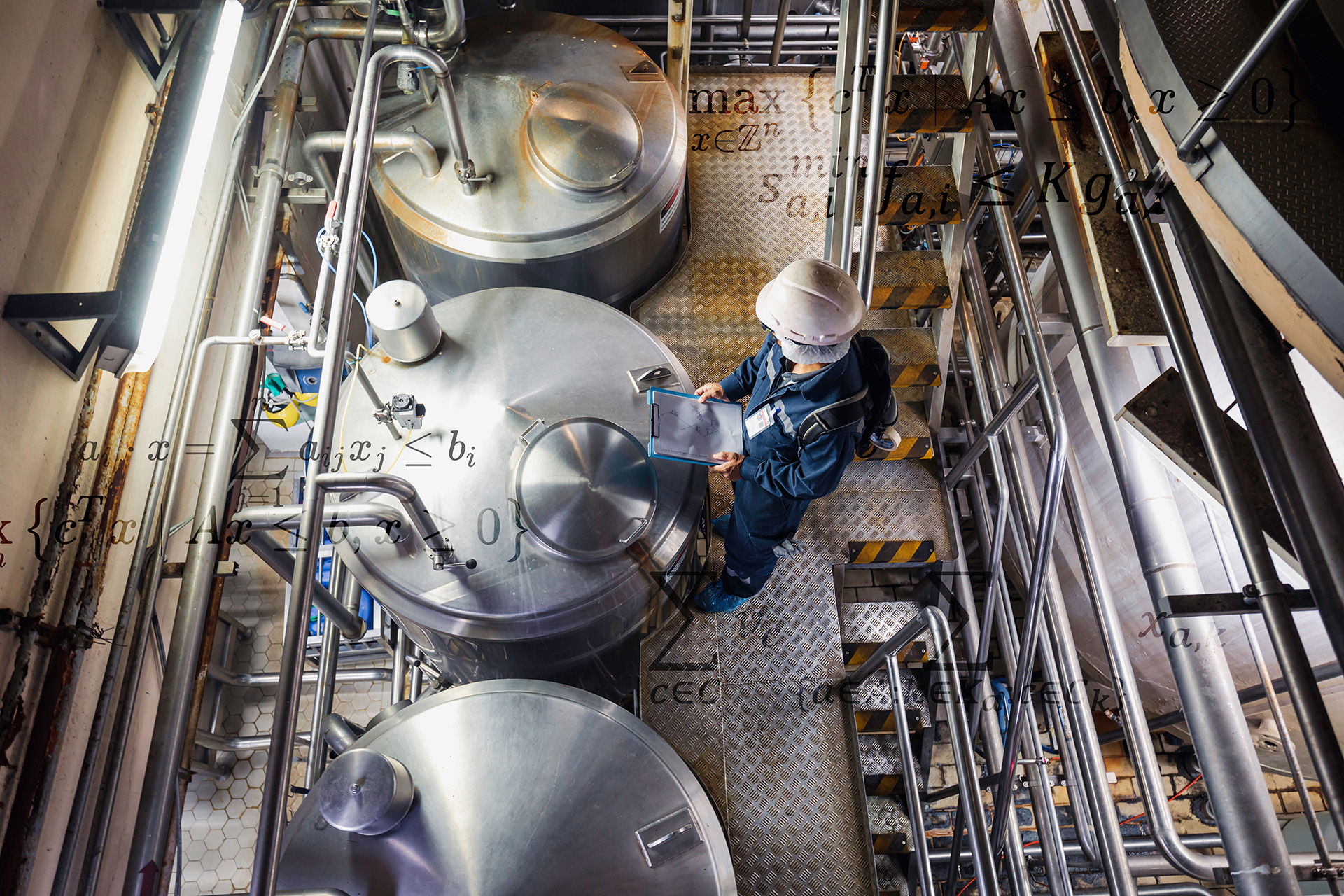The versatile planning of blending processes are core components of food and beverage production. The main challenge in production is to use the right batches for blending, depending on the origin, cultivation of the food ingredients and the method of further processing. Quality parameters, such as value-giving ingredients, are strictly measured and tested in a laboratory analysis and have an influence on the final mix, because a legally prescribed framework has to be adhered to.
The batch inventory determines which orders can be formulated. Currently, batches are prepared with a lot of manual planning effort under a wide variety of criteria. Consequently, it makes sense to link the decision as to which orders are to be formulated with the batch selection. The aim of the project is therefore to develop a decision-supporting software planning tool that considers the following central questions in an integrated way.
How can batches be selected during formulation in such a way that
- quality standards and requirements are ensured, taking into account the measured values from laboratory analysis during and after mixing?
- sustainable and forward-looking stock planning is made possible?
- customer orders can be served in the best possible way with the available stock?
Planning software has been developed for the final planning step from semi-finished product to finished mix. The basis is a customised mixed-integer optimisation model. This model was implemented in a software whose test runs promised high added value for production planning.
With comparison of planning strategies and flexible interfaces to a user-friendly software solution
In this project, the underlying mathematical model was formalised with additional production rules and planning practices. In the process, information on customer orders, stock, laboratory analysis for development and testing was made available by the project partner. This makes it possible to integrate the existing software into the project partner's IT infrastructure via flexible interfaces in order to seamlessly integrate decision support into everyday operational planning.
